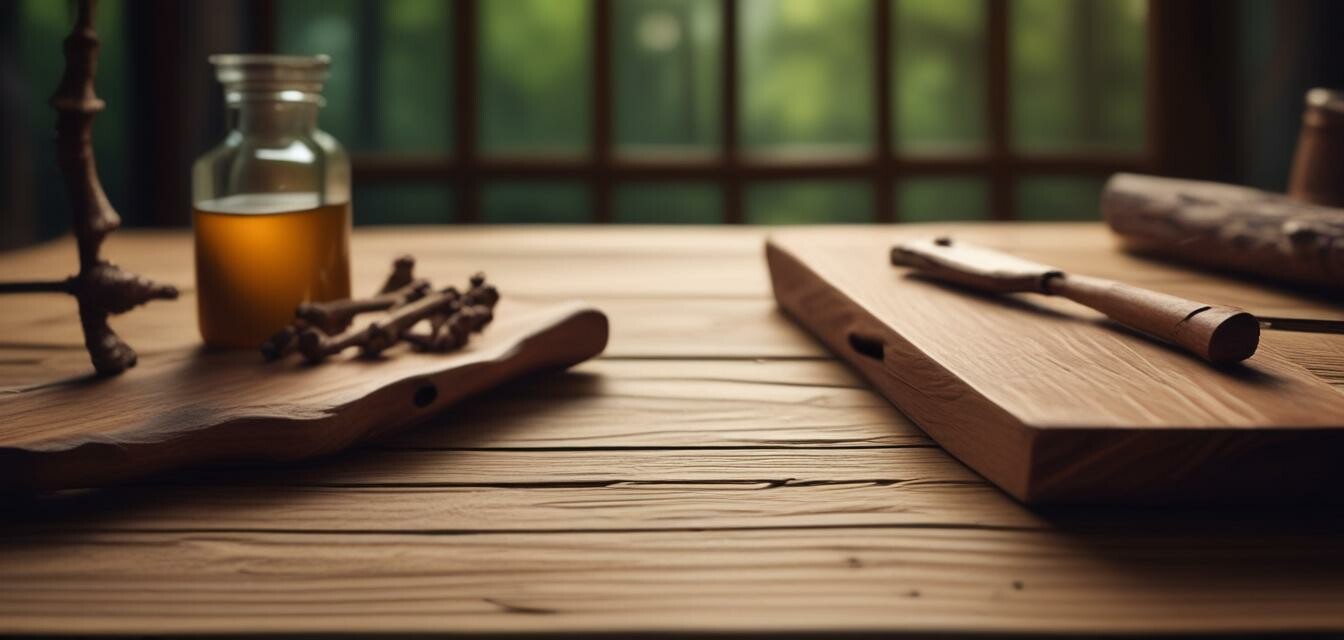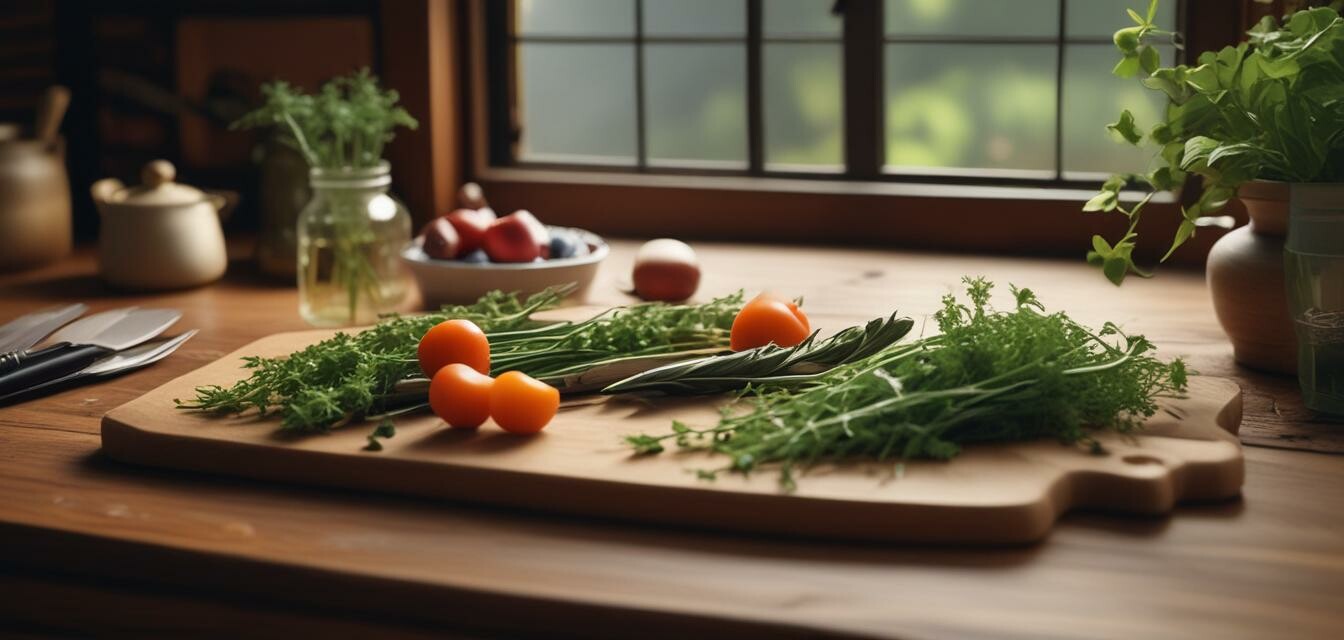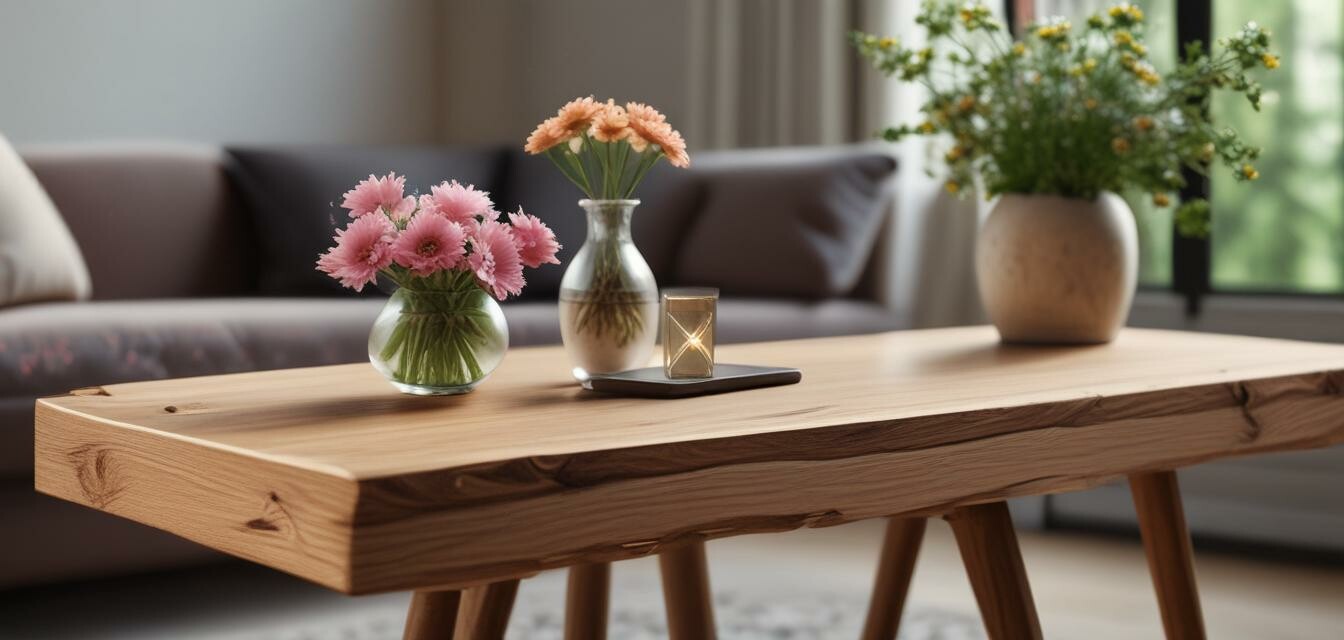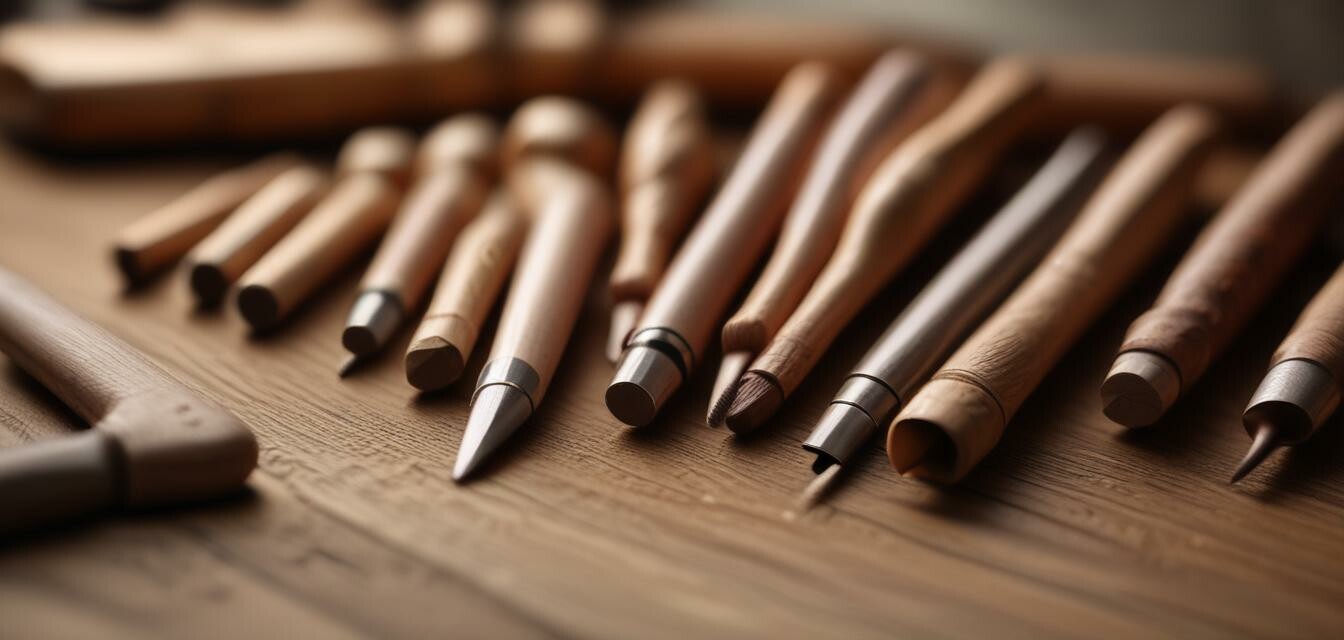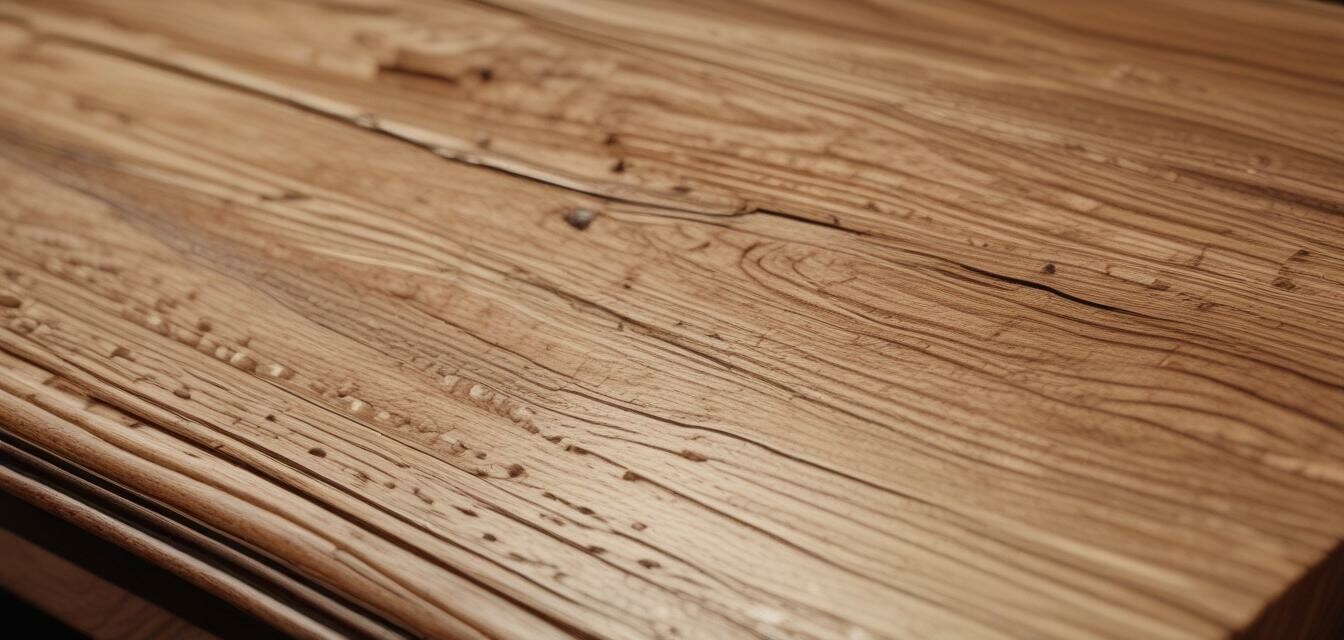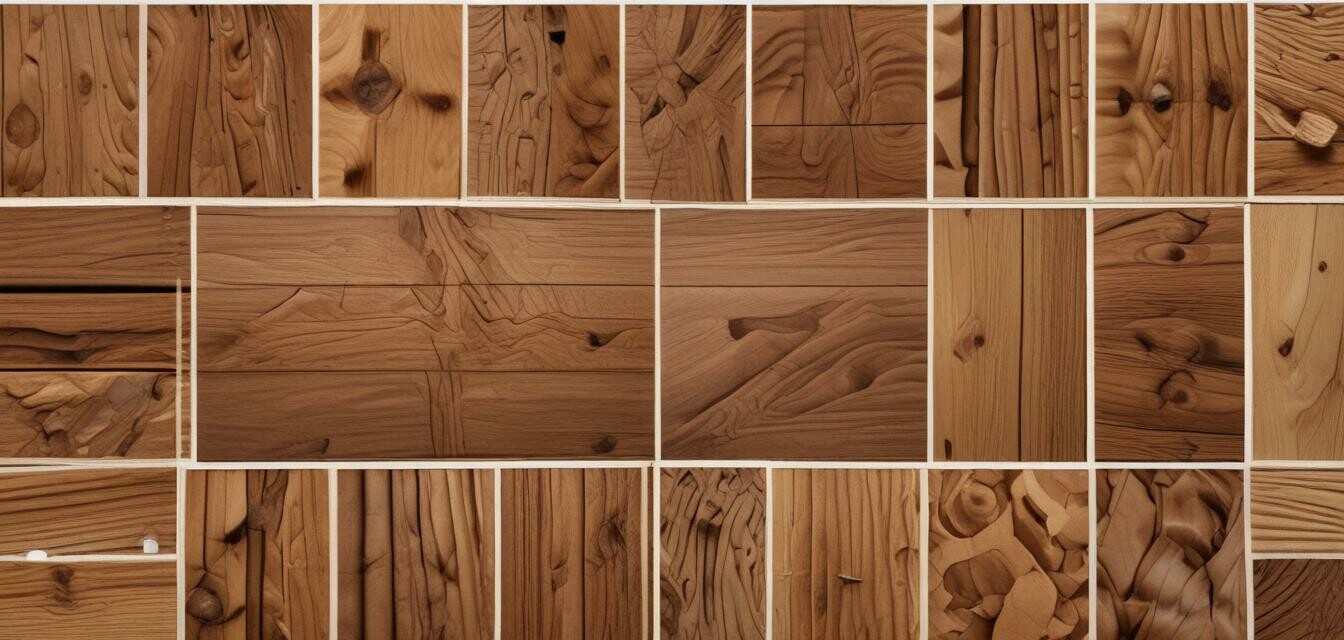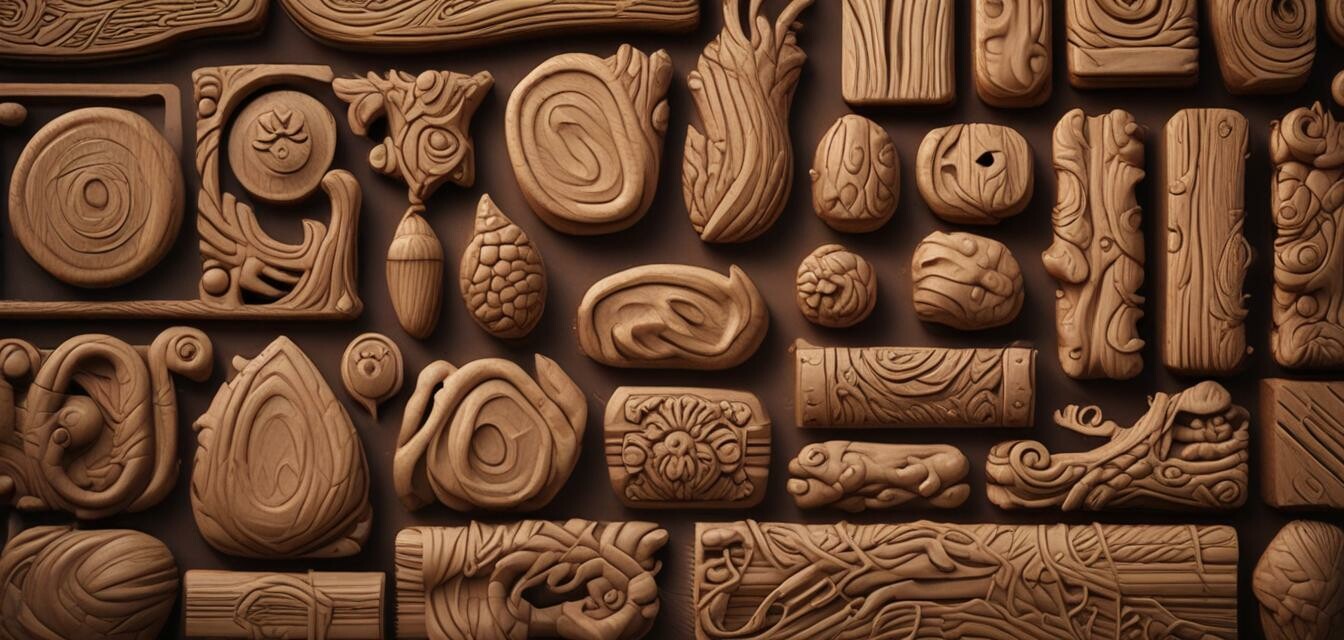
Natural Wood Finishes: Enhance and Protect Your Wooden Products
Welcome to NaturalWoodProducts.com, your trusted source for beautiful, sustainable wood products. In this article, we'll explore the different types of natural wood finishes available to enhance and protect your wooden products. Learn how to choose and apply finishes to achieve the desired look and durability for your wood projects.
Key Takeaways
- Natural wood finishes enhance the beauty and durability of wooden products.
- Choose from a variety of finishes, including oils, waxes, shellac, and lacquer.
- Consider the type of wood, intended use, and desired look when selecting a finish.
- Proper application and maintenance are crucial for a long-lasting finish.
Why Natural Wood Finishes Matter
Natural wood finishes are essential for enhancing the beauty and durability of your wooden products. They not only protect the wood from damage but also bring out its natural grain and texture. With the right finish, your wooden products can last for generations, maintaining their elegance and functionality.
Types of Natural Wood Finishes
| Finish | Description | Benefits | Drawbacks |
|---|---|---|---|
| Oils | Plant-based oils, such as tung oil and linseed oil, that penetrate the wood to protect and enhance it. | Easy to apply, non-toxic, and food-safe. | May not provide a high-gloss finish, requires frequent reapplication. |
| Waxes | Natural waxes, such as beeswax and carnauba wax, that create a protective barrier on the wood's surface. | Easy to apply, provides a soft sheen, and is food-safe. | Not suitable for high-traffic areas, may leave a residue. |
| Shellac | A natural resin derived from the lac bug, often used as a food-safe and non-toxic finish. | Provides a high-gloss finish, easy to apply, and is food-safe. | May not be suitable for outdoor use, can be brittle and prone to cracking. |
| Lacquer | A fast-drying, solvent-based finish that provides a high-gloss finish. | Fast-drying, provides a high-gloss finish, and is durable. | May contain toxic chemicals, requires special application equipment. |
Choosing the Right Natural Wood Finish
When selecting a natural wood finish, consider the type of wood, intended use, and desired look. For example, if you're working with a dense hardwood like walnut, you may want to use a oil-based finish to enhance its natural beauty. For a more rustic look, a wax-based finish may be suitable.
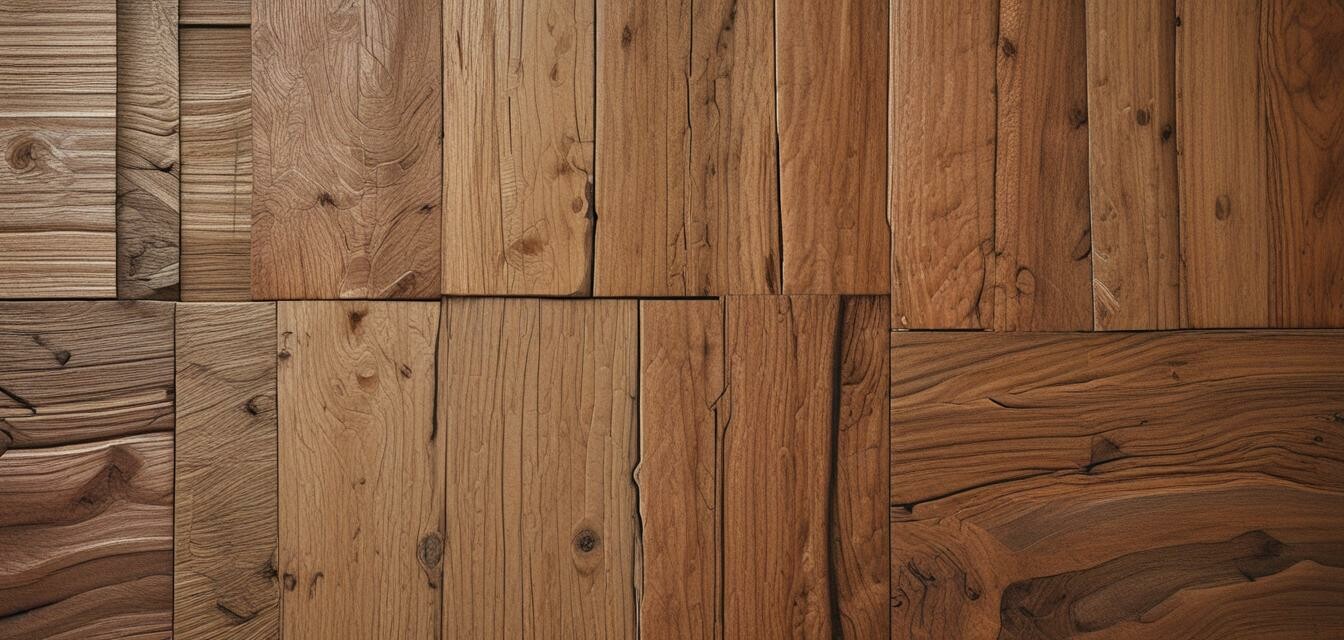
Additionally, think about the level of durability and protection you need. If you're creating a piece of furniture for outdoor use, you may want to opt for a more durable finish like lacquer.
Applying and Maintaining Natural Wood Finishes
Proper application and maintenance are crucial for a long-lasting natural wood finish. Always follow the manufacturer's instructions for application, and make sure to test the finish on a small, inconspicuous area first.
Regular maintenance, such as dusting and cleaning, can help extend the life of your natural wood finish. Avoid using harsh chemicals or abrasive cleaners, as they can damage the finish and the wood itself.

Conclusion
In conclusion, natural wood finishes are an essential step in enhancing and protecting your wooden products. By choosing the right finish and applying it correctly, you can ensure that your wood projects remain beautiful and functional for years to come. Explore our selection of wood finishing products to find the perfect finish for your next project.
Beginners Section
New to natural wood finishes? Start with a simple oil-based finish and experiment with different application techniques to achieve the desired look.
- Always read and follow the manufacturer's instructions for application.
- Test the finish on a small, inconspicuous area first.
- Regular maintenance is key to extending the life of your natural wood finish.
Pros
- Enhances the natural beauty of the wood
- Provides protection against damage and wear
- Can be food-safe and non-toxic
Cons
- May require frequent reapplication
- Can be time-consuming to apply
- May not be suitable for all types of wood

Ready to start your next wood project? Explore our selection of custom wooden projects for inspiration, or visit our wooden furniture section for ready-to-use pieces.
Remember to always prioritize sustainability and eco-friendliness when choosing your wood products and finishes. At NaturalWoodProducts.com, we're committed to providing you with the best natural wood products and expert advice to help you achieve your woodworking goals.

